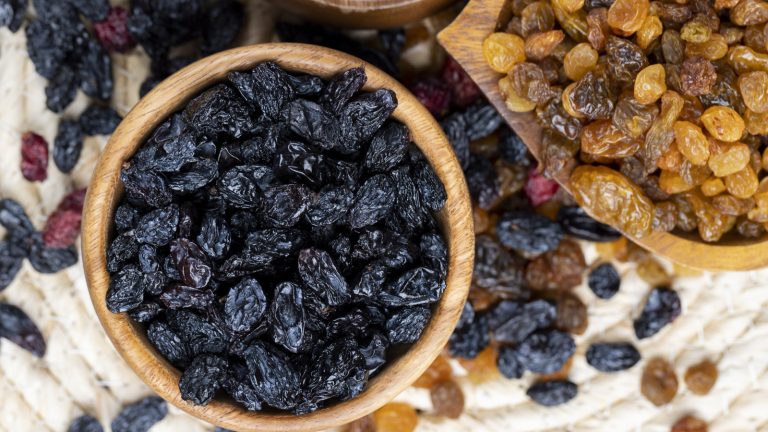Maddened by a Bundt cake that’s stubbornly sticking to the sides of your fluted pan? We’ve all been there. Running a knife around the edge can help loosen the grip of an obstinate Bundt, but this move requires a light hand to avoid damaging its delicate surface. However, if you’ve tried all that and failed miserably, place the entire cake back into your still-warm oven to soften it slightly before trying again.
A Bundt cake is likely to stick to the sides of your pan if you grease it poorly. Unlike a tube pan, which has smooth sides and can be greased quickly, Bundt pans are beautifully crafted and have lots of grooves and decorative ridges. These markings take more effort to grease, simply because there are an abundance of peaks and valleys to cover. But seeing as there’s no culinary time machine to take you back to that moment and reevaluate your ineffectual greasing skills, simply return your cake to the cooling oven. The residual heat will soften the sides, hopefully making it easier to release. You can also place a bowl of boiling water on the base of your oven to create a steamy environment. After a few minutes, remove your Bundt, and upturn it onto a cooling rack. If you’re lucky, you’ll hear it fall from the pan. Otherwise, give the tin a light tap and a jiggle to encourage it to come out.
Place a bowl of hot water in the oven to create steam
The next time you’re making a chocolate Bundt, take extra care to grease the grooves of the tin properly. If using butter, use your fingers to get into every nook and cranny, but if you prefer a cooking spray, spritz your cake pan moments before you pour in the batter; do this any earlier and the spray will slide down and pool at the bottom, leaving the sides ungreased. More importantly, grease the central tube to guarantee that your cake doesn’t stick in the very middle. Using a pastry brush can also help you reach every crevice and curve, but a spray is better for creating a lighter coating that won’t cause the exterior of your cake to crisp up in the oven.
Other tips for baking the absolute best bundt cake include using a high-quality tin that has a non-stick surface and filling it only three-quarters of the way up to allow plenty of room for the batter to rise. To avoid making a bundt cake with a domed bottom, use a spoon to create a trough in the batter. This indentation will produce a cake with a level surface that will sit flush on your platter when turned out.






